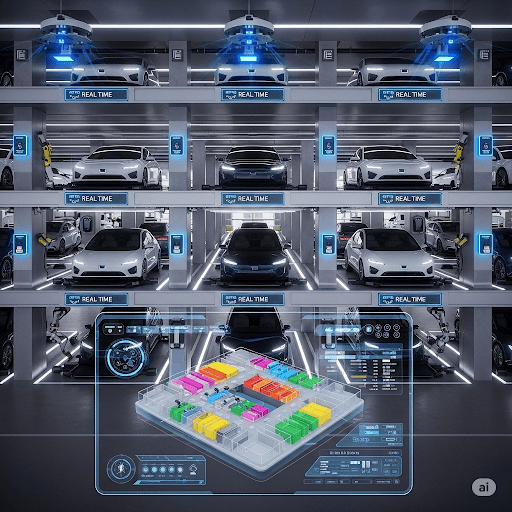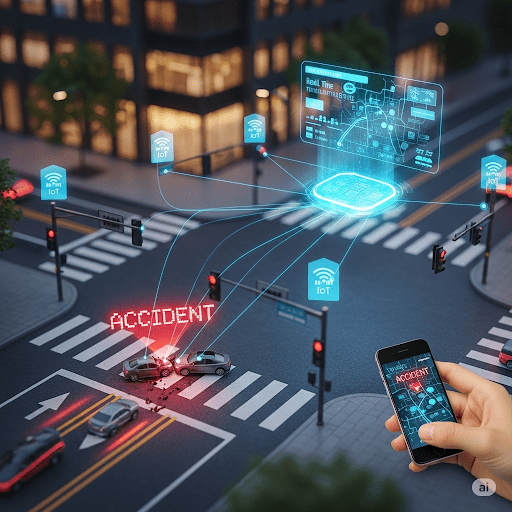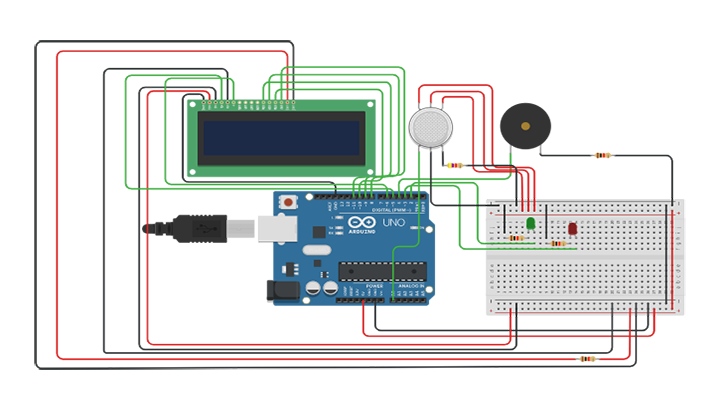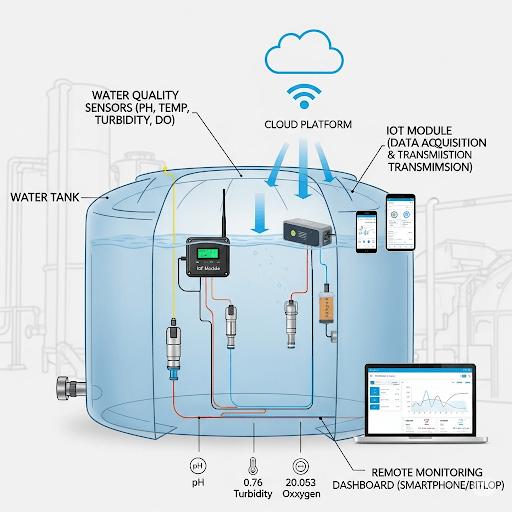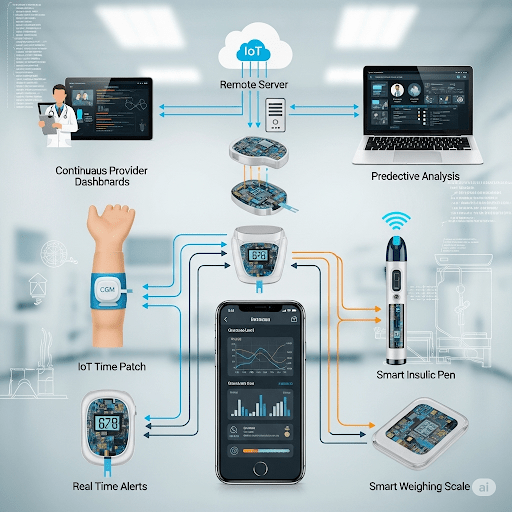IOT remote monitoring solutions for efficient store and delivery of temperature-sensitive vaccines
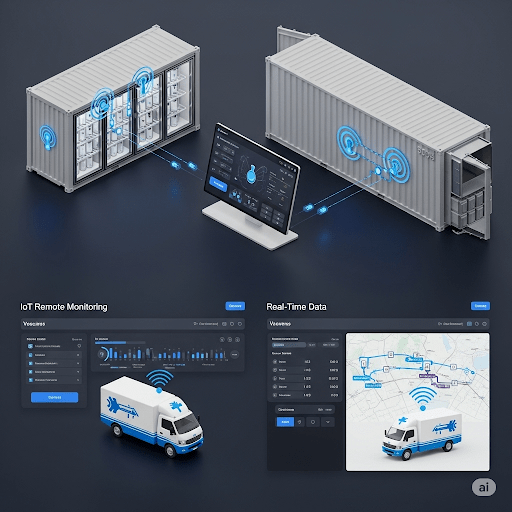
Pandemics such as the COVID-19 pandemic cause a significant loss of human life around the world, and they constitute a very big challenge to public health. The lack of efficient and well-monitored vaccination systems leads to people's death and impact the economy of individuals and of the country in general. Some vaccines are temperature-sensitive, therefore, storing and delivering the vaccination to the rural remote area in suboptimal conditions reduces their efficacy or even spoils the vaccine. Currently, monitoring of these vaccines is done manually and this is unreliable, making it impossible to know if their effectiveness has deteriorated by the time they are injected into individuals.
This research project has been conducted with the objective of developing an Internet of Things Remote Monitoring Solution (IoT RMS) to provide real-time monitoring of storage and delivery of these temperature-sensitive vaccines together with the ability to alert whenever there is an issue. Although some vaccines can be kept under 2oC, our system will only serve vaccines kept between 2 and 8 degree Celsius which is the WHO recommended range.
The methodology involves obtaining data on the sorts of cold chain systems that are currently in use, their issues, and the demand for locally made monitoring products. To swiftly map concepts and construct the cold chain IoT RMS product, questionnaires and one-on-one interviews with persons who are directly involved with the cold chain for vaccines have been undertaken. According to the results, 100% of respondents manually record daily vaccine temperature readings, 100% store vaccines in refrigerators, and just 50% were aware that the WHO recommends storing vaccines at a temperature between 2 and 8°C. Standby generators provide automatic power backup in the event of a power failure at 60% of vaccine stores.
For all vaccine stockpiles and the delivery of vaccines, there is no remote monitoring tool in use. An IoT RMS prototype was created by connecting and configuring sensors, microcontroller units, wireless communication technologies, and user interfaces.
Test results proved that the designed system will be a suitable solution to the existing cold chain challenges and the data obtained compared to the data from the existing system present high accuracy. The research thesis suggests that cold chain technicians should receive ongoing training, standby generators should be placed and frequently maintained, and IoT RMS solutions should be employed in order to maintain efficient and accurate cold storage systems.
Related project idea for free
Smart car Parking System in Kigali - Rwanda
This dissertation examines an IoT-based smart car parking system used in Rwanda. Rwanda is a nation that has to be intelligent in a variety of areas, including agriculture, health, and transportation, particularly in terms of parking. People are affected by a variety of parking issues, including...
Read more>>Accident Detection Based On IoT
Road accidents frequently result in damage, injuries, or fatalities and happen unexpectedly and without warning. Through the elimination of the time lag between the accident's incidence and the initial medical emergency, this research aims to lower the fatality rates following an accident. A mach...
Read more>>IoT based toxic gas detection and level of landfill - Case study: NDUBA LANDFILL
As the world's population expands, so does the amount of waste. Most landfills release harmful pollutants into the air and into the homes of those who live nearby. Effective landfill management is necessary to protect both the environment and human health and wellbeing. The findings of the litera...
Read more>>IoT based remote monitoring of water quality in tanks - Case of WASAC
Water is regarded as a basic requirement for humans in their daily lives. It is required in a variety of settings, including the home, the workplace, the manufacturing sector, the hospital, and others. The quality of the water needs to be closely monitored on a regular basis and effectively if on...
Read more>>Design and implementation of an IoT-Based diabetes remote monitoring system
Real-time diabetes remote monitoring uses Internet of Things (IoT) technology to measure blood glucose levels, heart rate, blood pressure, and body temperature. Typically, a self-management system for diabetes is designed to detect the presence of particular molecules, particularly hyperglycemia,...
Read more>>
